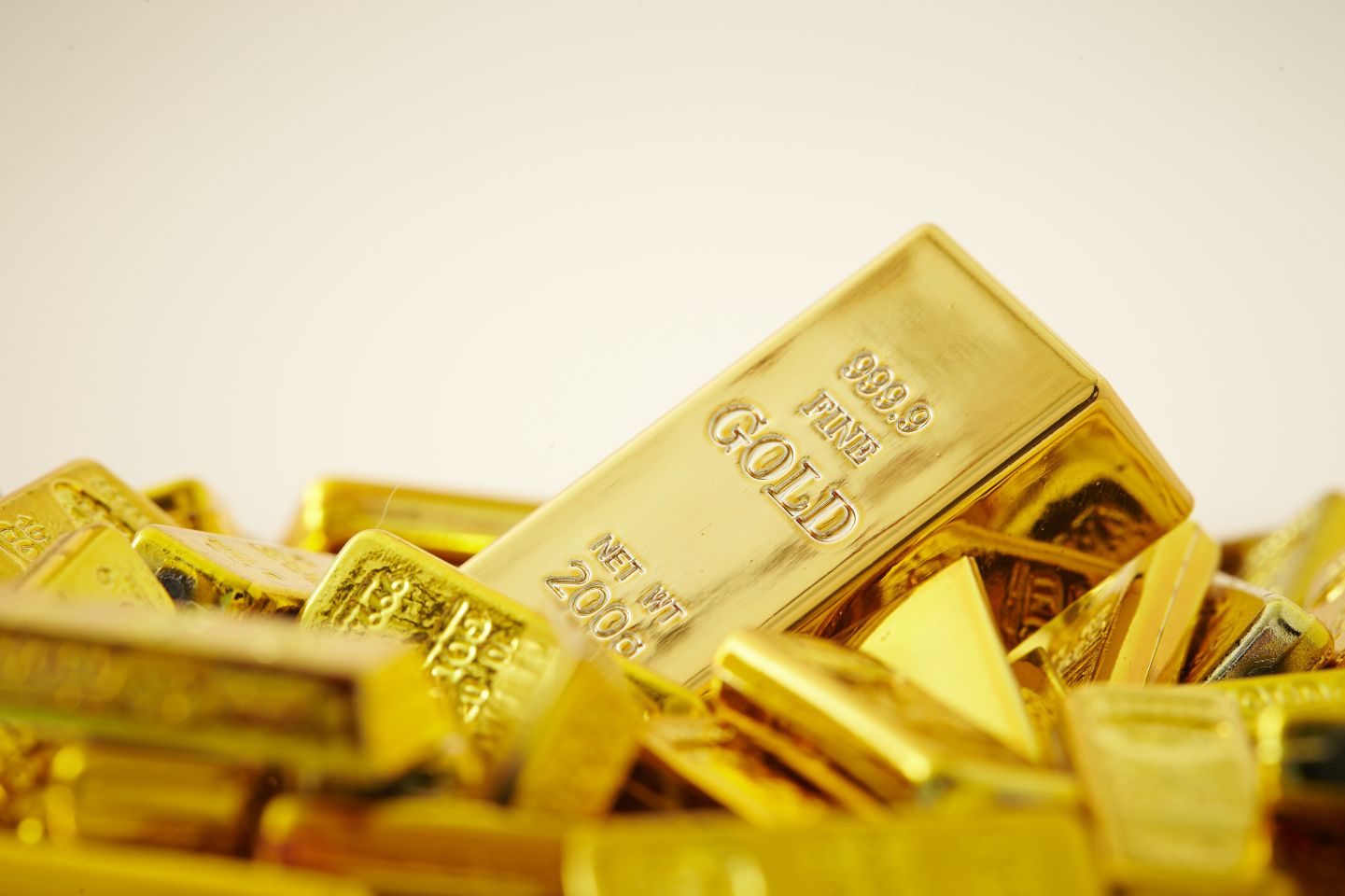Physical vs paper gold: understanding the price spread
Gold plays many roles in the global economy – as a traded commodity, a store of value, and a measure of confidence. Yet its price can vary depending on how it’s bought or sold.
When investing in gold, you often face a choice: physical gold or paper gold – owning bullion or trading through financial instruments such as CFDs. Below, we explore why the gold-price spread can be significantly high.
What is physical gold and paper gold?
There are two main ways to gain exposure to gold: owning the metal itself or investing in financial products that track its value. Before deciding which may suit you, clarify your motive:
- Are you aiming to speculate on short-term movements in the gold price?
- Are you looking to hedge risk, preserve purchasing power, diversify your portfolio, or protect assets during economic or political uncertainty?
If your goal is to hold gold to preserve value over the long term, reduce volatility when other investments fall, or provide protection during instability, physical gold may be more appropriate.
Physical gold vs paper gold: key differences
Buyers of bullion often ask why the frequently changing gold spot price is typically lower than the price of physical gold. Two definitions help clarify this:
- Physical gold price – the cost of bullion (such as coins or bars) made of fine gold.
- Gold spot price – the price of gold traded in financial markets, usually influenced by futures contracts.
Physical bullion usually trades at a premium above the spot price to cover refining, minting, distribution and storage costs.
Market forces: physical gold vs paper gold price
In stable conditions, the price of physical bullion tends to sit just above the spot price. But in times of strong demand or supply constraints, the gap can widen. Historically, during major crises, premiums on physical gold have surged.
In 2025, these dynamics are more pronounced. The spot price of gold is trading near $4,075/oz, while premiums on physical gold have risen. Coins and small bars trade at around 5–10% above spot, and large bars typically at 2–3% above spot.
The causes include supply-chain disruptions, refinery bottlenecks, and increased investor demand driven by caution in volatile markets. At the same time, central banks and large institutions are increasing purchases of physical gold, tightening supply further.
How does the paper gold vs physical gold ratio work?
- Paper gold instruments, such as ETFs or gold futures, let market participants trade price movements without taking delivery of the metal.
- Physical gold, however, involves the full production and delivery chain – refining, minting and logistics.
The divergence between paper and physical markets contributes to the wider spread. Analysts estimate there may be several paper gold claims for each ounce of physical metal, increasing the risk of shortages and pushing up physical premiums.
What influences the price of physical gold vs paper gold?
A clear decoupling has emerged in 2025. With refiners facing logistical challenges, bullion ready for delivery has become scarcer, leading dealers to pass on higher premiums. At the same time, central-bank buying and investor preference for tangible assets have widened the spread further.
Paper gold instruments – such as ETFs and futures – may not always be fully backed by physical reserves, introducing counterparty risk and prompting more investors to seek actual bullion. Many institutions have shifted from paper to physical holdings amid geopolitical tensions, inflation concerns and market uncertainty.
Gold as a ‘safe-haven currency’
Gold continues to be viewed as a store of value and a potential safeguard during financial instability. In recent years, rising government debt, concerns about fiat currencies, and inflation pressures have reinforced that perception.
Key points include:
- Many central banks have increased gold reserves in response to fiat-currency risk and high debt levels.
- Investors use physical gold to hedge portfolios against inflation, downturns and currency depreciation.
- Demand for gold as a 'currency of last resort' has risen since the pandemic, contributing to higher premiums for physical bullion.
Summary
In summary, physical gold and paper gold serve distinct purposes. Physical gold offers direct ownership and potential resilience in periods of stress, while paper gold provides liquidity, accessibility and lower entry costs.
Recent developments – including higher physical premiums, supply-chain constraints and sustained institutional buying – have made the spread between physical and paper gold more noticeable.
Past performance is not a reliable indicator of future results.
Create an account Open a demo account
FAQ
What causes the physical gold price to move differently from the spot price?
Physical prices depend not only on global market trends but also on availability and delivery conditions. When refineries face delays or shipping routes are disrupted, the physical market tightens and dealers raise premiums. Strong demand for immediate delivery – particularly from institutions and central banks – can also lift physical prices, even when the paper market remains stable. As a result, the two markets can diverge, especially during periods of financial stress or geopolitical uncertainty.
Is paper gold, such as ETFs or futures, backed by real metal?
Most paper-based gold instruments are designed to replicate price movements rather than provide direct ownership of bullion. Some exchange-traded funds (ETFs) hold allocated metal, but others are only partially backed or use derivative exposure. This introduces a degree of counterparty risk, as holders depend on the issuer’s ability to meet redemption obligations. This distinction has become more relevant in 2025, as traders increasingly recognise that not all paper gold products are fully supported by physical reserves.
How can I trade gold CFDs with Capital.com?
Those looking to speculate on gold’s short-term price movements without owning the metal can trade gold CFDs (contracts for difference) on Capital.com’s award-winning platform. CFDs enable traders to go long or short and access the market without storage or delivery costs. However, CFDs are traded on margin, and leverage amplifies both profits and losses.